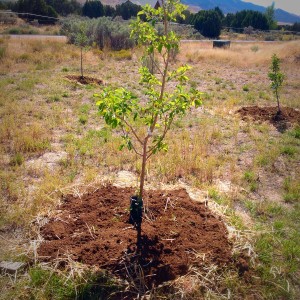

“I know of no pursuit in which more real and important services can be rendered to any country than by improving its agriculture, its breed of useful animals, and other branches of a husbandman’s cares.” – George Washington (July 20, 1794)
There has been a growing trend in the US and around the world. I think that we are all starting to adapt the philosophy of Hobbits, and have a “love for things that grow.” There are a lot of homesteading books, blogs, and facebook pages that have surfaced over the last few years. We are also seeing a growing number of people that are turning to self reliance, prepping, food storage, and preparing for the unexpected.
I think we have also been caught up in this at Quail Run Farm. We are being drawn to the Earth, to the magic of making things grow, and the feeling of accomplishment that agriculture can give. We are being drawn to teach our children how to grow, tend, and productively use the land. In doing so, we have done a lot of research and study. You are going to see several different terms used on this blog, and in writings from Quail Run Farm. The goal of this post is to give you a basic understanding of some of the terms we use. Terms like Permaculture, Hugelkultur, No Till Gardening, as well as Drop Dead Swales. I hope that after reading this post, you will have enough of an understanding to know what each of these terms mean as you continue to follow our journey.
Our basic goals. There are a couple of rules, or guidelines that we like to follow at Quail Run Farm. There are several things that are crucial to agriculture and farming. The first is Water. You can’t grow things unless you have water, and you do what you can to conserve and use that water to the best of your ability. The second is soil fertility. You can have all the water you need, but if you don’t have enough fertility in the soil to encourage and sustain growth, you will not win the battle. So, we are trying to find ways, techniques, and procedures that will help us use and find water, while we build up the fertility of the soil. In the process we also want to be good stewards of the land, so we try to have everything we do and plant have more than a single goal or benefit.
Permaculture
Permaculture is a term that is used often when you read about homesteading and gardening these days. Basically, permaculture is defined as agriculture that is based on the principles observed in the natural ecosystem. It is the philosophy of working with nature, rather than against it. It is a philosophy that includes ecological design, ecological engineering, environmental design and construction. It is looking at integrated water resource management as well as sustainable engineering. This is a huge topic, and I have only give you a very high overview, you can get more details from sites like permacultureprinciples.com. Instead of removing and forcing the land, it is the philosophy of using nature and working with it instead of expecting nature to go away and be tamed.
Hugelkulture
This is a topic that I find fascinating. Basically the principle of a Hugelkulture is to create a growing area that absorbs water, as well as increases the soil fertility. A Hugelkulture is a bunch of woody organic material that is then covered with soil. The woody material then absorbs water, stores it, and then slowly releases it into the soil. In the process, the woody material breaks down and increases the fertility of the soil. We use sunflower stocks, old Christmas tree trunks, and other material in our Huglekultures. We also put ash from our wood burning stove, manure, and other green matter in them as we build them to help increase the soil fertility. The majority of our Huglekultures I would consider Drop Dead Swales, I will go into more detail on that later.
Here is an example of a Hugelkulture bed.
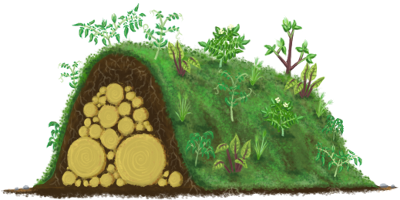
Source: http://www.richsoil.com/hugelkultur/
Eventually, over the years, the bed will break down and increase the soil fertility and store water.
Drop Dead Swales
The majority of the huglekultures that we have built are what I would call a Drop Dead Swale. Basically it is a trench that has been dug in the ground. The dirt is piled on the down hill side of the trench. The trench is then filled with woody and green matter. Then the dirt is raked over the trench to fill it. This accomplishes a couple of things. First, it creates a level area on the slope of the hill that you can then use to plant things on. That level area also slows down the water run off so that it can then collect in the swale. Second, it creates a pocket for run off water to collect. That water is then absorbed by the woody material. As the soil dries the water is then released back into the soil. Third, it increases the soil fertility as the green and woody material breaks down over time.
Here is an example of one of these Drop Dead Swales that I created for our grey water system, and a place to plant our bamboo.
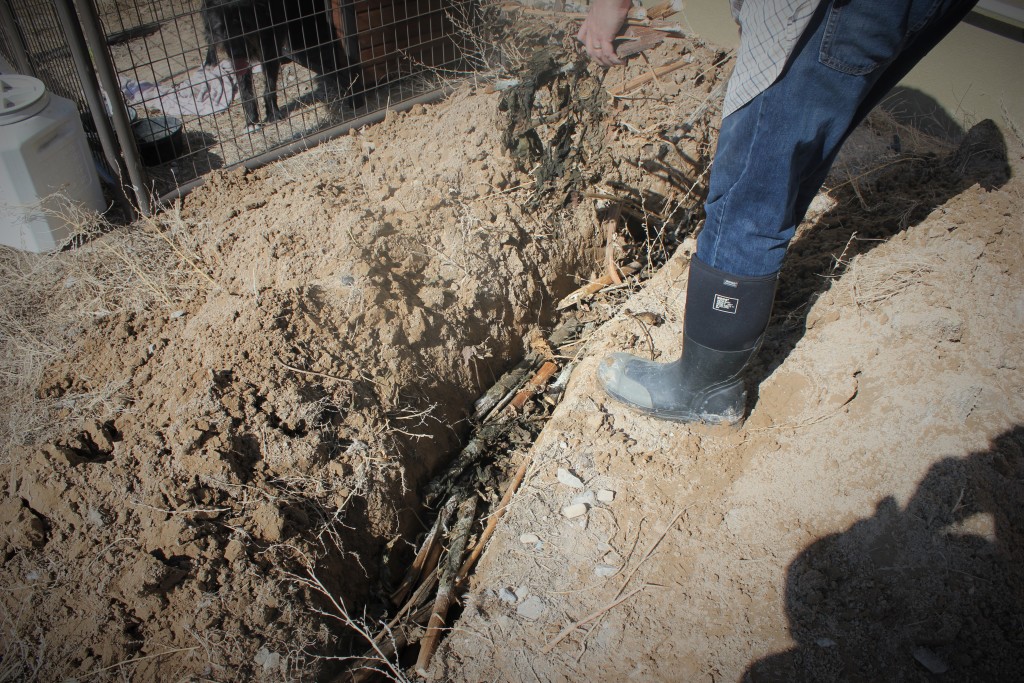 The theory is that as the water runs off into the trench, it is absorbed by the woody material, and then is stored for the plants to use. We have created a number of these around our property. We are using them to control run off from our house, as well as change areas to support plants that require more water. We have them in our orchard, as well as using them to grow Bamboo, and Asparagus. When we put in our peach orchard, we will be using them extensively around the peach trees to keep the water we do put on the trees in place and to protect that water from evaporation and run off.
The theory is that as the water runs off into the trench, it is absorbed by the woody material, and then is stored for the plants to use. We have created a number of these around our property. We are using them to control run off from our house, as well as change areas to support plants that require more water. We have them in our orchard, as well as using them to grow Bamboo, and Asparagus. When we put in our peach orchard, we will be using them extensively around the peach trees to keep the water we do put on the trees in place and to protect that water from evaporation and run off.
No Till Gardening
The theory behind No Till Gardening is to disturb the land as little as possible. There are areas where we can do this, and areas where it is not possible. But the basic principle is, you plant your plants, without tilling the ground. Then as your plants grow, you return their green matter back to the area that they were grown in. An example would be as you weed around your plants, you just drop the weeds back on the ground around the plants. This is supposed to accomplish a couple of things. First, you are not disturbing the ground and allowing more weeds to grow. Second, you are putting the nutrients from the green matter back into the ground. Third, the weeds create a mulch that helps retain water. Basically, instead of digging up the ground and putting the green matter under ground, you are building up the soil on top of the old ground. As you place mulch around your plants, you conserve water, increase soil fertility, and discourage weed growth. There are a lot of sites on the web that explain it better. http://www.no-dig-vegetablegarden.com/no-till-gardening.html
We may change or modify how we implement these over the course of the years. But the basic goal we have is to preserve and use water wisely, increase the fertility of the soil as we use the land, and work with nature and have it help us meet our goals instead of fight it.
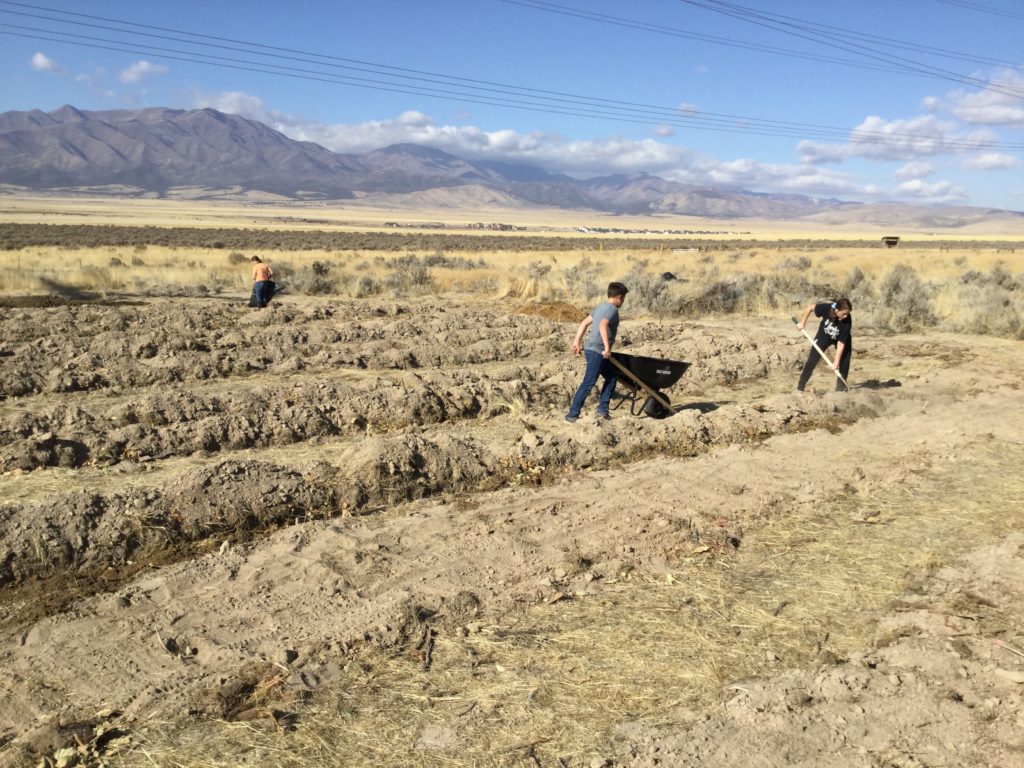
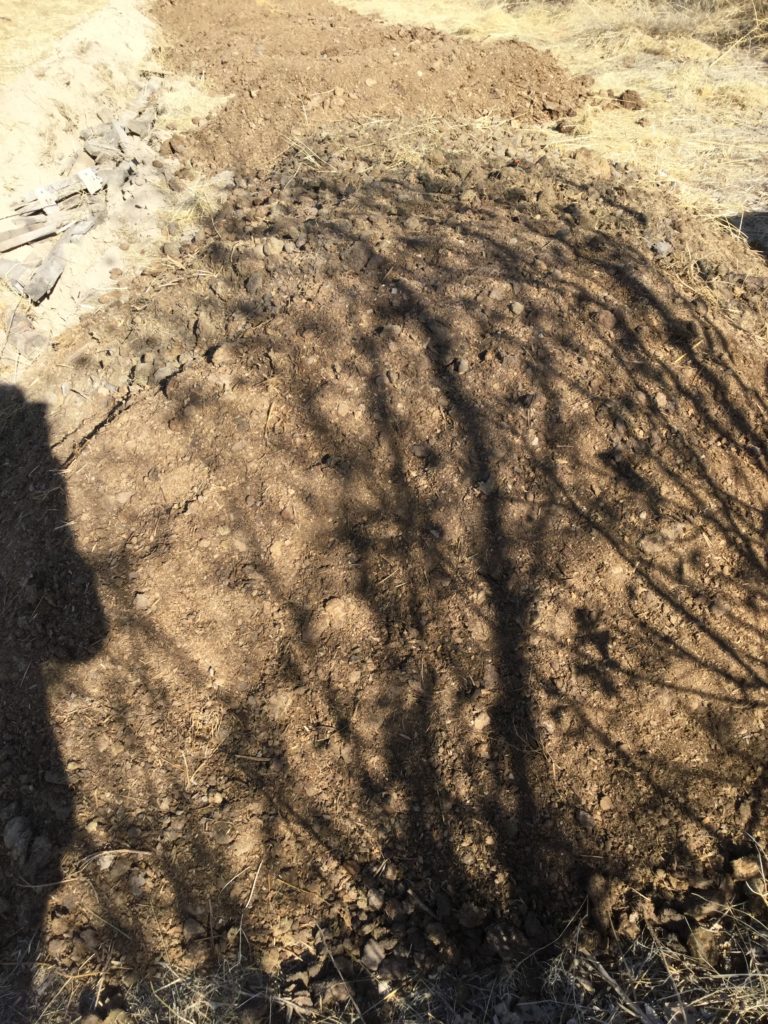
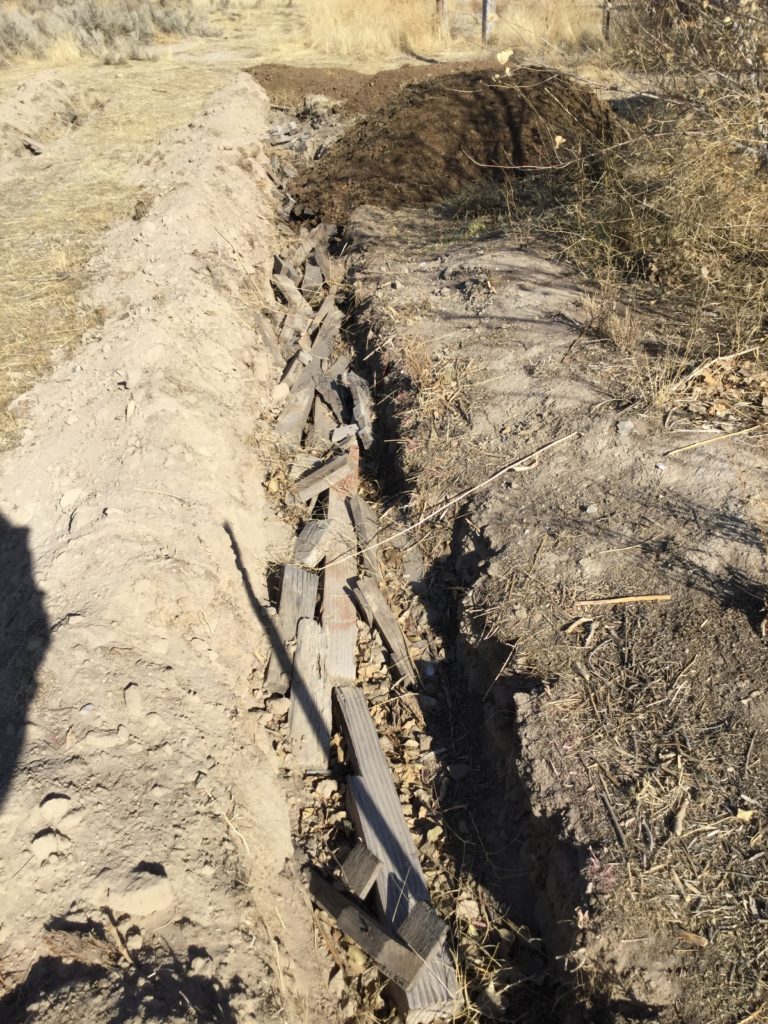
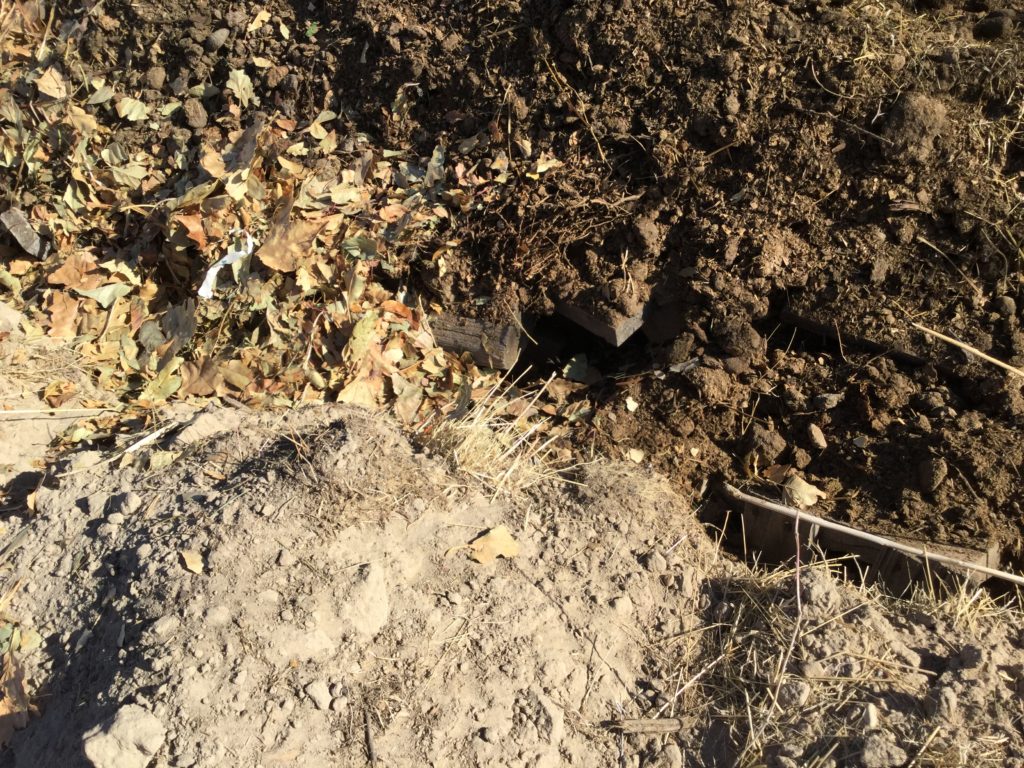
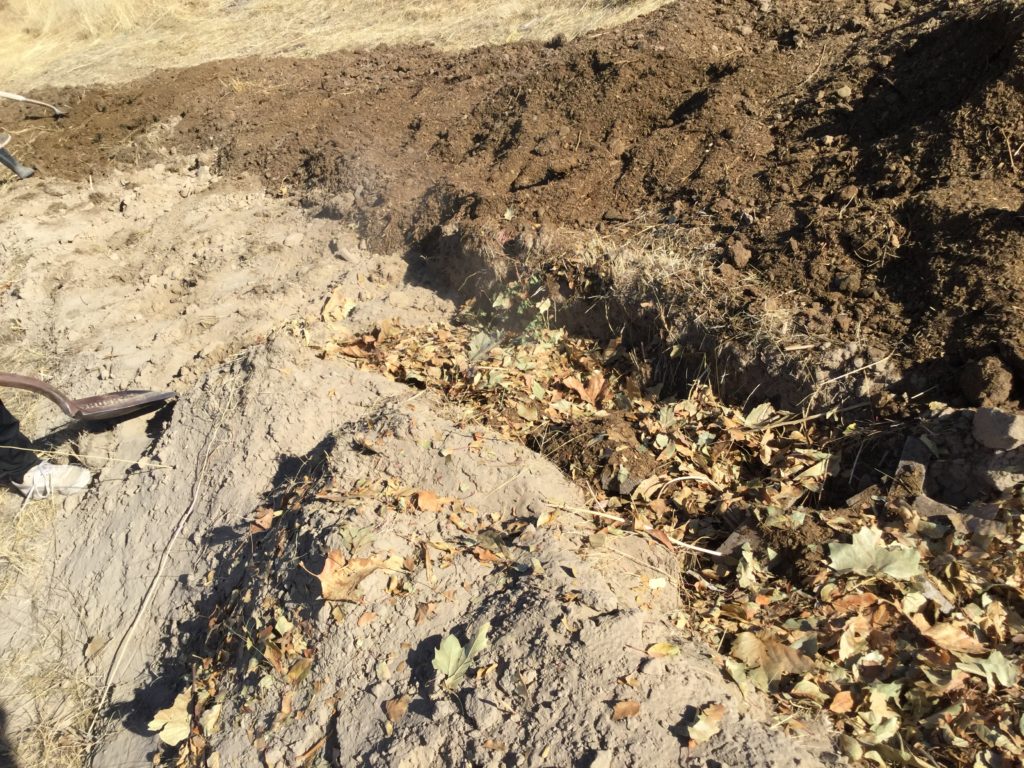

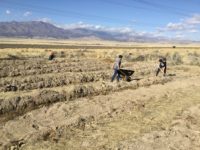
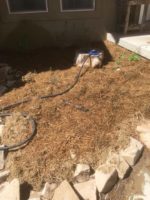
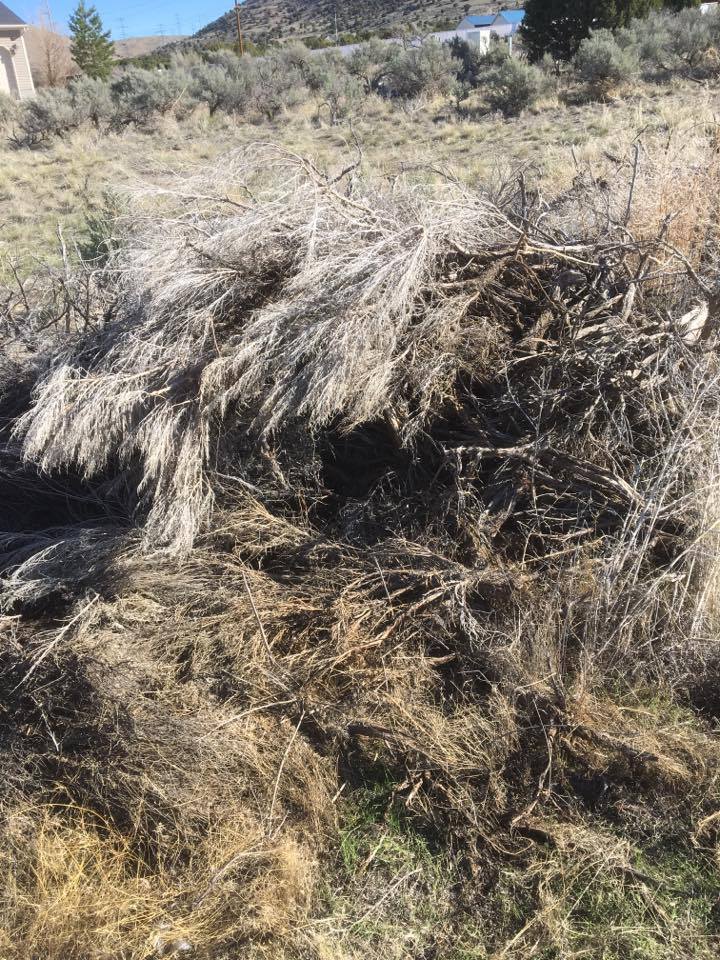
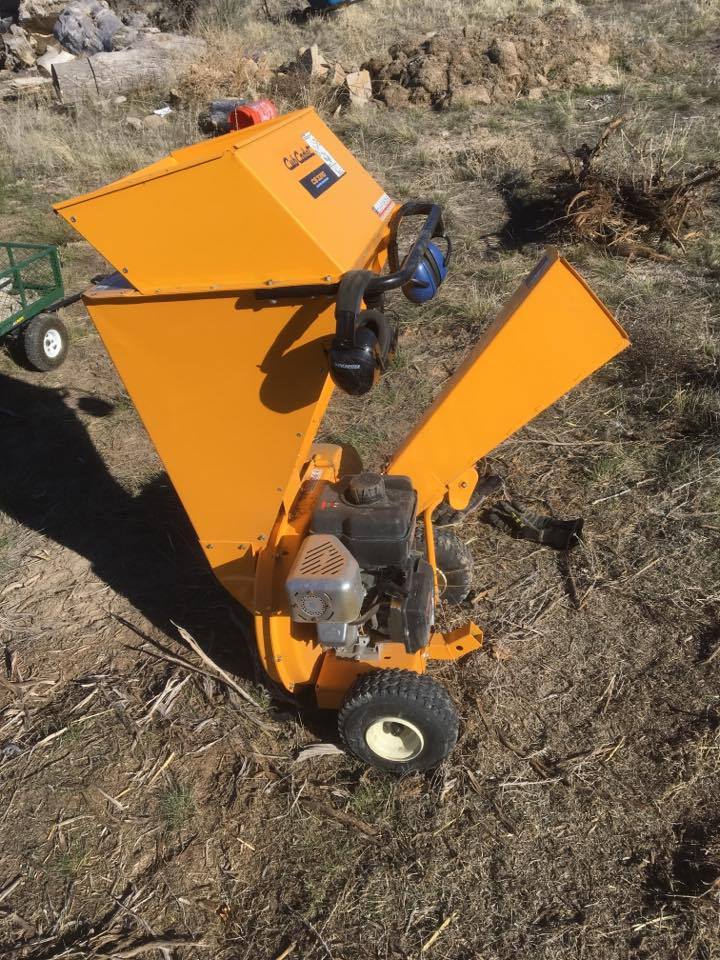
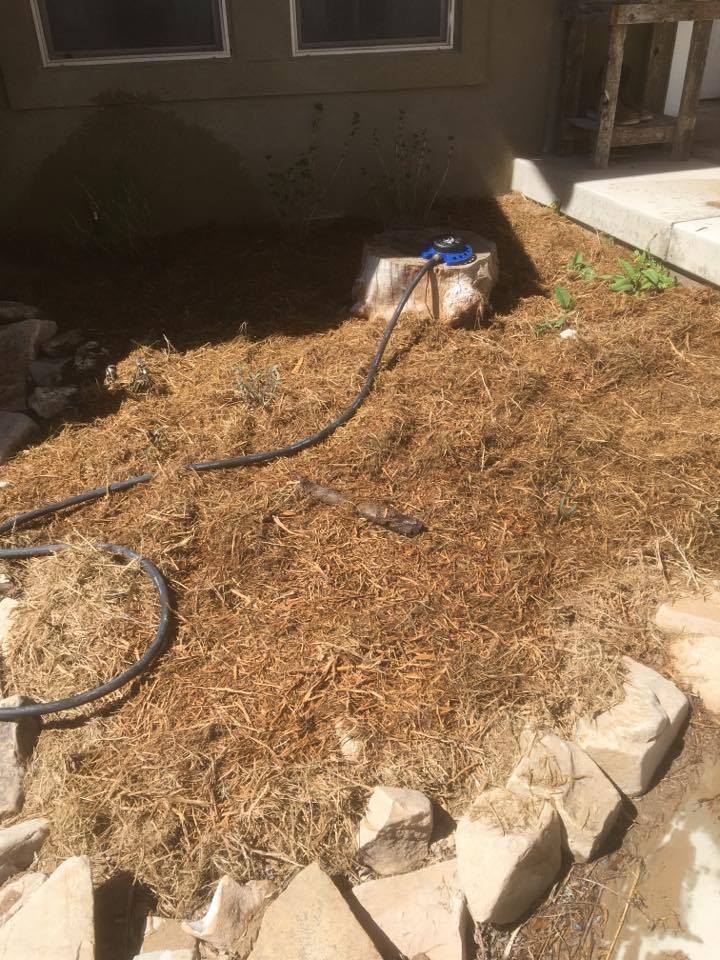
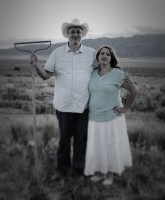



 The theory is that as the water runs off into the trench, it is absorbed by the woody material, and then is stored for the plants to use. We have created a number of these around our property. We are using them to control run off from our house, as well as change areas to support plants that require more water. We have them in our orchard, as well as using them to grow
The theory is that as the water runs off into the trench, it is absorbed by the woody material, and then is stored for the plants to use. We have created a number of these around our property. We are using them to control run off from our house, as well as change areas to support plants that require more water. We have them in our orchard, as well as using them to grow 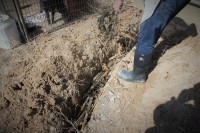
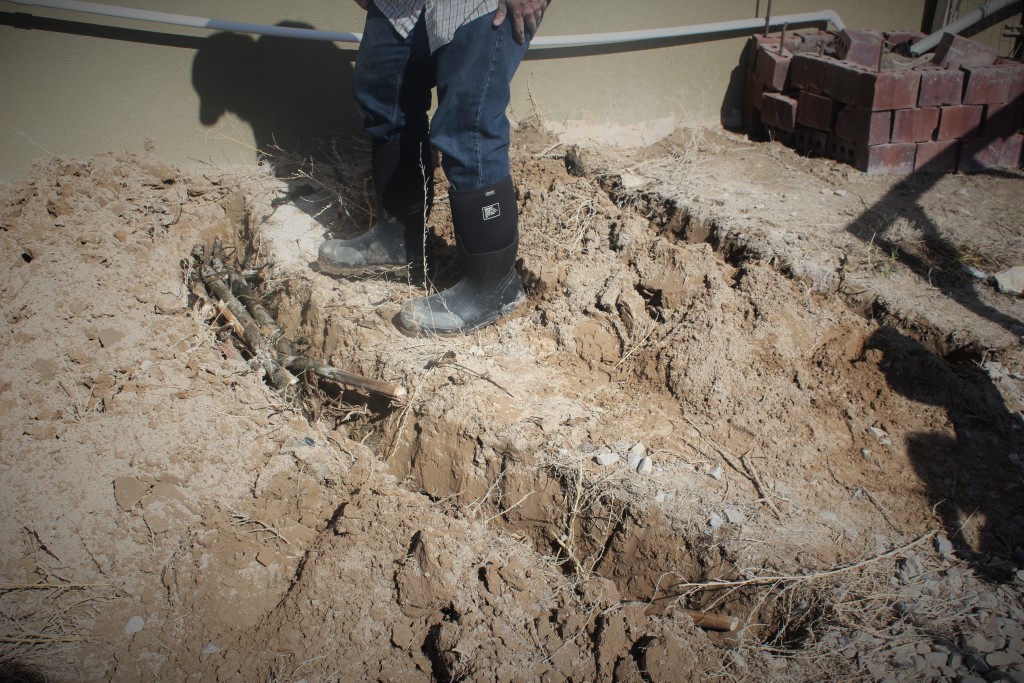 I started by digging out several ditches. I had Tom help me out with the digging. He used his
I started by digging out several ditches. I had Tom help me out with the digging. He used his 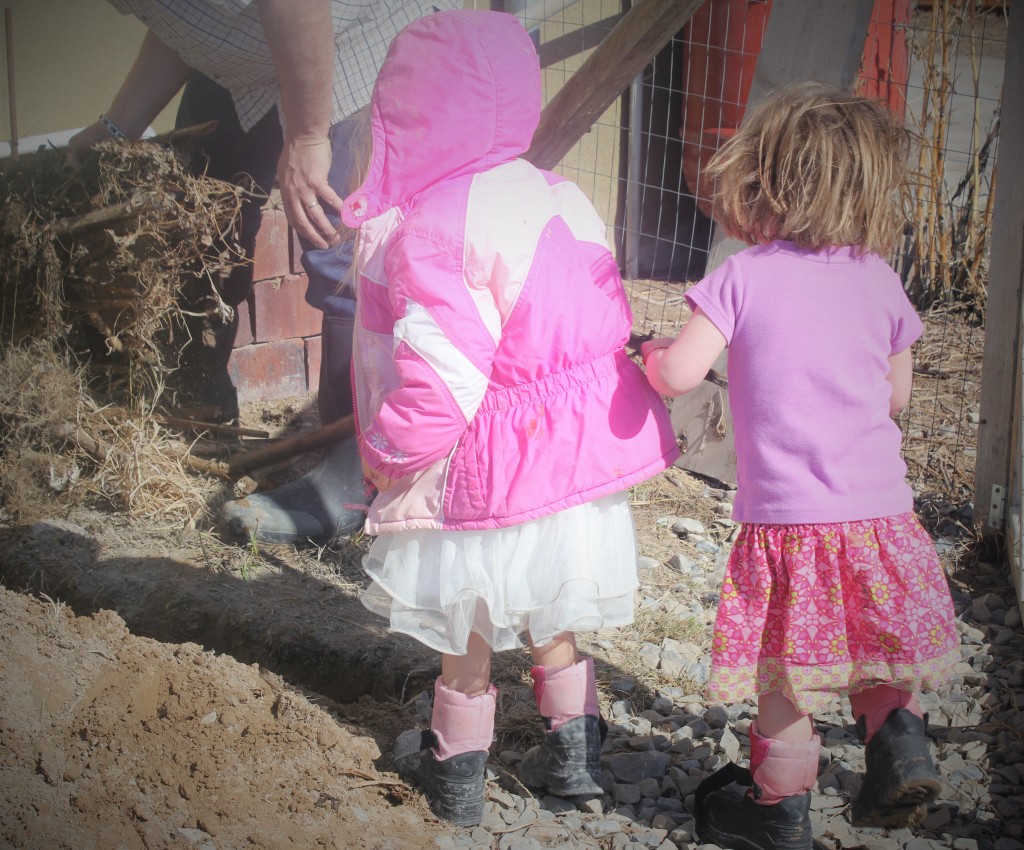
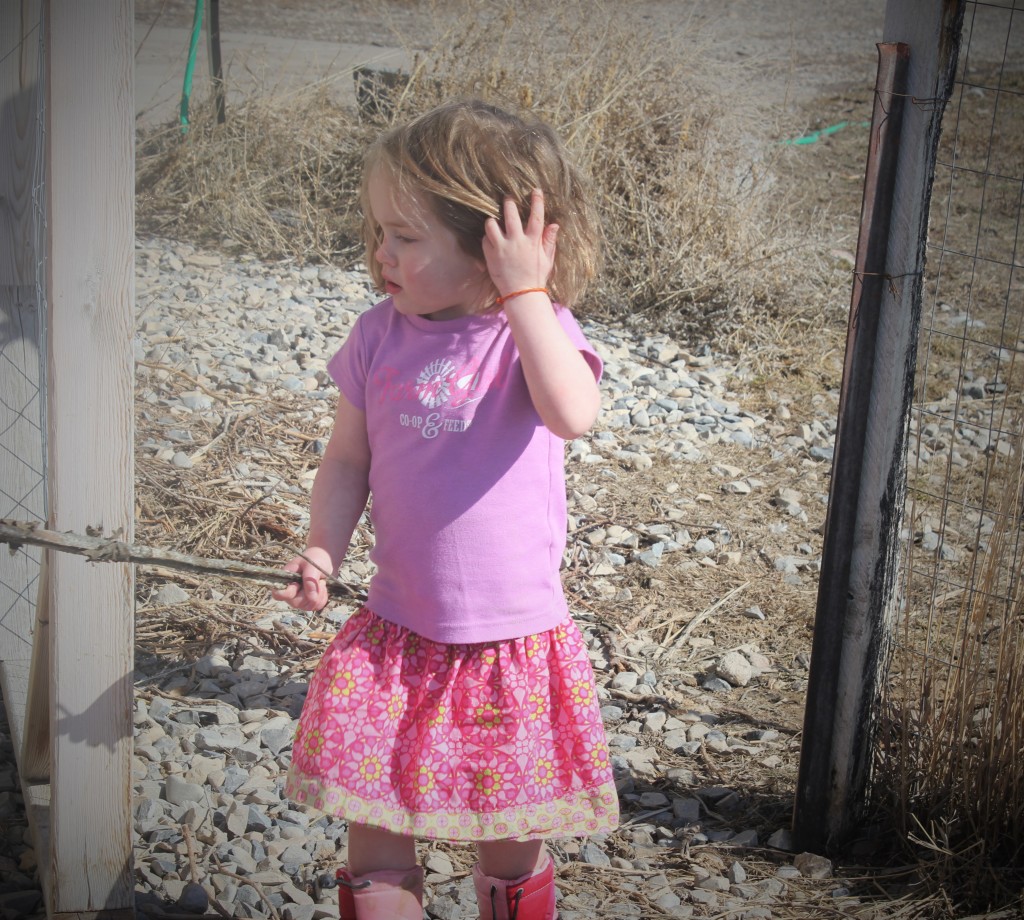
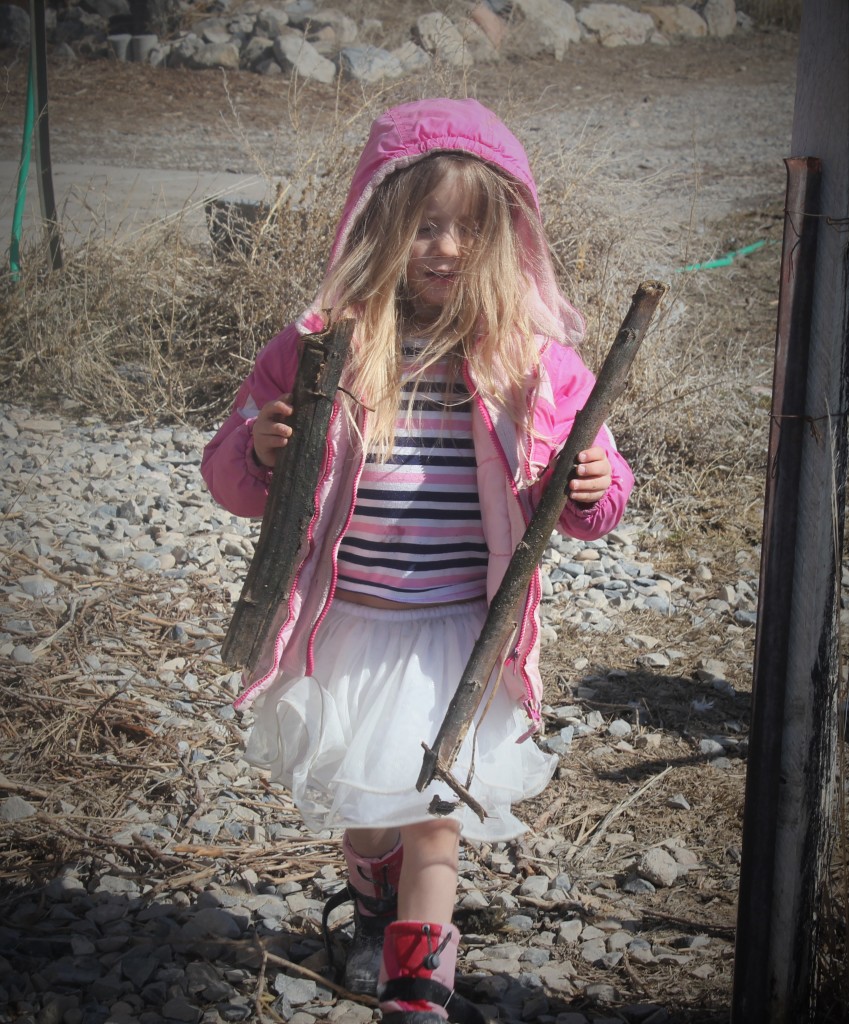 Snow boots and all. I really do enjoy working on the farm, and spending time with the kids as we build, grow, and work the land.
Snow boots and all. I really do enjoy working on the farm, and spending time with the kids as we build, grow, and work the land.
